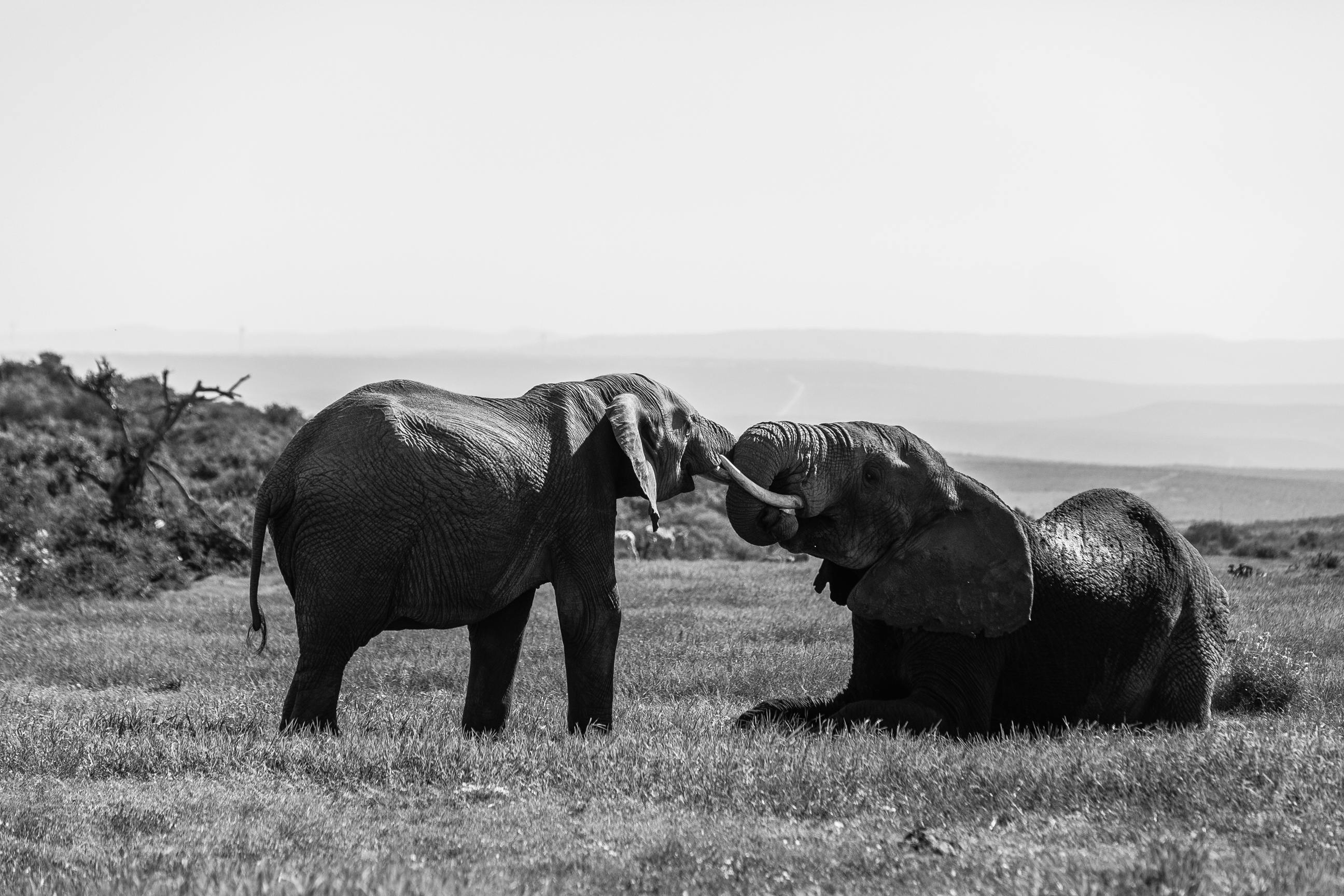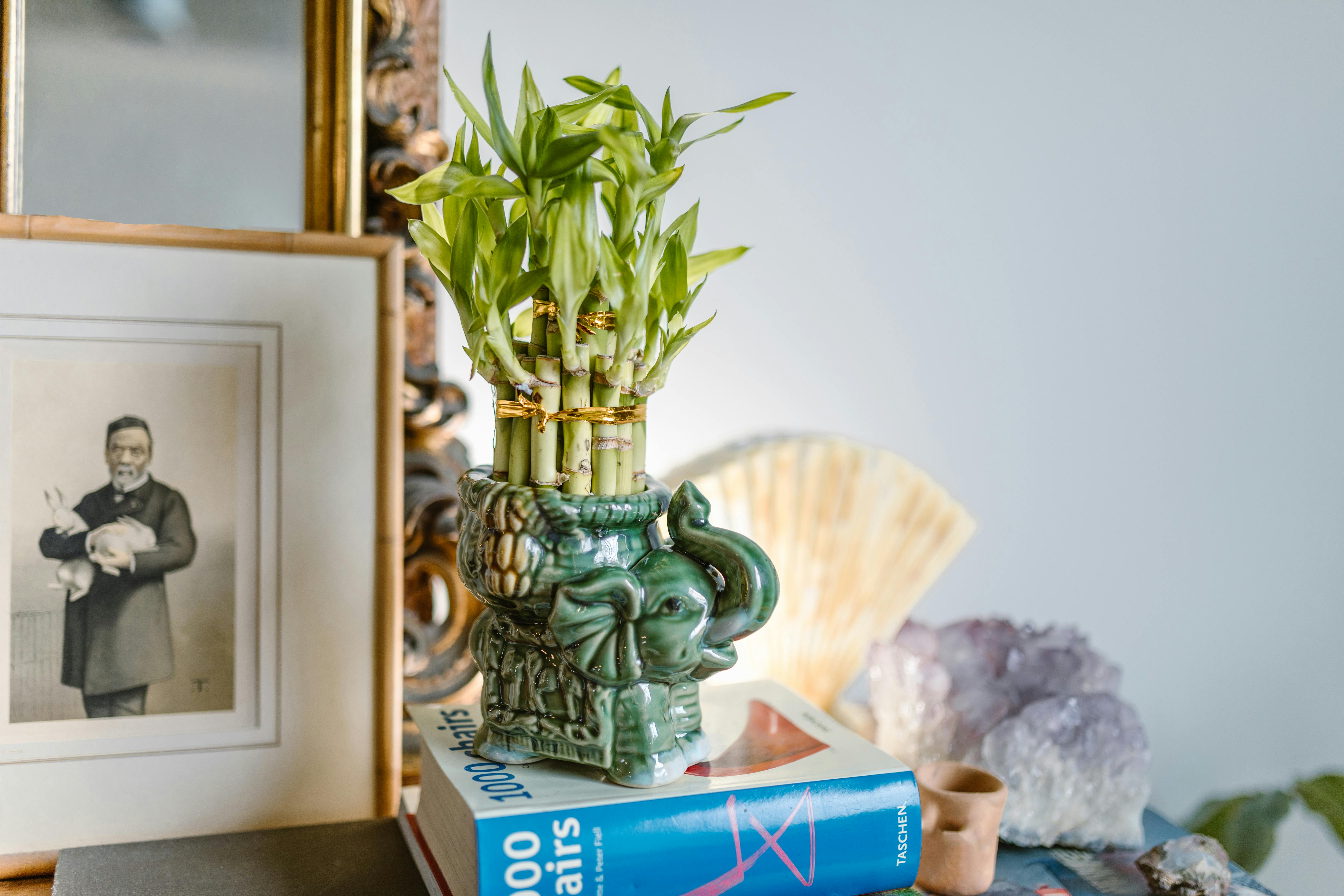Planting elephant ear bulbs is a great way to add a dramatic and tropical look to any outdoor or indoor space. Elephant ear bulbs are an easy-to-grow bulbous plant with large, paddle-shaped leaves that can reach up to 3 feet in length. Planting these bulbs is simple and requires only a few steps. With the right care, you can enjoy the lush foliage of elephant ears for many years to come.Elephant ear bulbs are large, bulbous plants that produce a broad leaf shaped like an elephant’s ear. They are tropical perennials that grow from a large underground bulb and are most often found in warm, humid climates. Elephant ear bulbs come in many varieties and produce foliage of various colors and sizes. They can be planted in the ground or grown in containers for indoor decor.
When Is The Best Time To Plant Elephant Ear Bulbs?
Elephant ear bulbs are best planted in the springtime, typically after the last frost of the season. Planting them too early can result in cold damage and a poor harvest. It’s best to wait until the soil has warmed up and can easily be worked with a spade or garden fork.
When planting elephant ear bulbs, it’s important to remember that they need full sun in order to thrive. If you don’t have a sunny location to plant them, then consider placing them on a south-facing slope or in an area that receives at least 6 hours of direct sunlight each day.
The bulbs should be planted 8-10 inches deep and spaced 10-12 inches apart. Once planted, water them immediately after planting and keep the soil moist throughout the growing season. Elephant ear bulbs can take up to 2 months to fully sprout, so be patient!
Once your elephant ear plants have sprouted, you should fertilize them every 4 weeks with a balanced fertilizer for best results. As long as you give your plants plenty of sun, water, and fertilizer, they should produce large leaves that will add beauty and interest to your garden for many years to come.
Selecting the Right Location to Plant Elephant Ear Bulbs
Planting elephant ear bulbs is a great way to add an exotic touch to any garden. Elephant ear bulbs are easy to grow and maintain, as long as you select the right location. The key to successful elephant ear bulb planting is picking the right location for adequate sun exposure, soil moisture, and drainage.
When selecting a spot for your elephant ear bulbs, make sure it gets plenty of sunlight. Elephant ears prefer at least 6–8 hours of direct sunlight per day, but they can tolerate partial shade or filtered sunlight for part of the day. The amount of light will also depend on your particular variety of elephant ear bulb; some varieties can handle more shade than others.
Moisture is also important when selecting a location for your elephant ears; most varieties prefer consistently moist soil, but not overly wet or soggy soil. To ensure that your elephant ears receive enough moisture, check the soil before planting and amend it with compost or mulch if necessary.
Drainage is another factor to consider when planting your elephant ears. Poor drainage can lead to waterlogged soils which can stunt growth or even kill the plant. Make sure that the area you choose drains well and is not prone to flooding or standing water after heavy rains.
Finally, it’s important to keep in mind that elephant ears can spread rapidly if given the right conditions. Choose a spot in your garden where you don’t mind them spreading out and take measures such as division or carefully pruning them if necessary. With some basic knowledge and preparation, you can successfully plant and enjoy beautiful elephant ear bulbs in your garden!
Preparing The Soil For Planting Elephant Ear Bulbs
Preparing the soil for planting elephant ear bulbs is an important step in the process of growing this unique plant. It is important to make sure that the soil is suitable for the plant’s needs in order to ensure successful growth. The soil should be well-drained and contain plenty of organic matter such as compost or manure.
The pH level of the soil should also be taken into consideration when preparing it for planting elephant ear bulbs. The ideal pH range for this plant is between 6.0 and 7.5, so testing the soil with a pH test kit is recommended before planting. A pH test kit can be purchased at most garden centers or online retailers.
It is also important to add some fertilizer to the soil when planting elephant ear bulbs to help promote healthy growth and development. A slow-release fertilizer can be applied according to package directions before planting, or a liquid fertilizer can be added periodically throughout the growing season.
Once the soil has been properly prepared, it’s time to plant the elephant ear bulbs. The bulbs should be planted at least three inches deep in well-draining soil, and spaced about six inches apart from each other in clusters of three or more. After planting, water generously and keep an eye on moisture levels throughout the growing season so that plants don’t dry out too much between waterings.
With proper care and attention, your elephant ear bulbs will thrive and you will soon have a beautiful display of these unique plants in your garden!
Planting Elephant Ear Bulbs in Containers
Elephant ear bulbs are a popular choice for container gardening. Planting elephant ear bulbs in containers is easy and rewarding. The large, showy foliage of these plants can provide a dramatic effect for any patio or balcony garden. To plant elephant ear bulbs in containers, you will need to prepare the soil and choose the right container. You will also need to know when to plant the bulbs and how deep to plant them.
Start by picking out a pot that is at least 12 inches deep and 12 inches wide. This size pot will give your elephant ear bulb plenty of room to spread its roots without becoming overcrowded. Make sure that the pot has drainage holes so that excess water can escape. You can use either plastic or clay pots, whichever you prefer.
Next, fill your container with a good quality potting soil mix that is designed for growing vegetables or flowers. Make sure that it contains some organic matter such as compost or peat moss for good drainage and nutrition for your plants.
Now it’s time to plant your elephant ear bulb in the container. Choose a spot in the container where there is enough room for the bulb to spread its roots without becoming overcrowded. Place the bulb on its side with the pointy end facing up and gently press it into the soil about two inches deep. Water your bulb well after planting and place it in a sunny spot outdoors where it can get at least six hours of sunlight each day.
Your elephant ear bulb should start sprouting within two weeks after planting, although some varieties may take longer. Once it starts growing, make sure you keep an eye on it and water regularly so that it does not dry out completely between waterings. With proper care, your elephant ear bulb should thrive in its container for many years to come!

Planting Elephant Ear Bulbs
Planting elephant ear bulbs is an easy way to add a tropical flair to your garden. These large, exotic-looking plants are a great choice for adding height, texture, and color to any outdoor space. When planting elephant ear bulbs, it’s important to know how deep you should go.
The exact depth at which you should plant elephant ear bulbs depends on the variety of bulb you have. Generally, larger varieties need to be planted 2-4 inches deep in well-drained soil. Smaller varieties may only require 1-2 inches of depth. To ensure the best results, check the instructions that come with your specific bulb variety or contact your local gardening center for advice.
When planting elephant ear bulbs, it’s important to choose the right location in your garden. Elephant ears prefer full sun or partial shade and plenty of water. They also need well-drained soil that is high in organic matter. If possible, choose a spot away from strong winds since these plants can be susceptible to damage from strong winds and heavy rainstorms.
Once you’ve chosen the perfect spot for your elephant ear bulbs, carefully dig a hole that is at least twice as deep as the length of your bulb with a trowel or shovel. Place the bulb in the hole with the pointed end facing up and cover it with soil so that just the top of the bulb is visible above ground level. Make sure to firm down around the base of each bulb after planting and water thoroughly so that there are no air pockets left in the soil around each bulb.
By following these planting tips, you can successfully grow vibrant and healthy elephant ears in your garden year after year!
How Far Apart Should You Plant Elephant Ear Bulbs?
When planting elephant ear bulbs, it is important to understand the size of the plant and how far apart the bulbs should be planted. Elephant ear plants can grow to be quite large, up to 5-6 feet tall and 3-4 feet wide, so it is best to give them plenty of room in order to reach their full potential. When planting elephant ear bulbs, they should be planted at least 12-18 inches apart in order for them to have adequate space for growth. It is important to note that the larger the bulb, the more space it will need in order for it to thrive. If you are planting multiple varieties of elephant ear plants in one area, they should be spaced out even further from each other, approximately 18-24 inches apart. This will ensure that each variety has enough room to reach its full potential without overcrowding or competition from neighboring plants.
When choosing a location for your elephant ear plants, it is important to choose an area with plenty of sunlight and well-draining soil. Elephant ear plants do not like wet soil and can easily rot if they are planted in a low lying area that does not drain properly. Additionally, make sure that you are providing your elephant ears with at least six hours of direct sunlight each day in order for them to thrive.
Watering and Fertilizing Tips for Elephant Ear Bulbs
Elephant ear bulbs require plenty of water and fertilizer throughout the growing season to ensure they reach their full potential. Water your elephant ear bulbs deeply once a week, or more often if the soil feels dry. When watering, aim to provide the bulbs with about 1 inch of water each time. It is important to avoid over-watering as this can lead to root rot. During the hotter summer months, you may need to water more frequently.
Fertilize elephant ear bulbs with a slow-release fertilizer when you plant them in the spring and again in mid-summer. A balanced 10-10-10 fertilizer works well for elephant ears, but any all-purpose fertilizer should do the trick. Be sure not to over fertilize as this can burn the foliage and cause discoloration of the leaves.

Conclusion
Planting elephant ear bulbs is a great way to add an exotic, tropical feel to your garden. It is easy to do and requires minimal effort. You just need to choose the right soil and location, dig the holes, plant the bulbs and water them regularly. With proper care and maintenance, you can enjoy your beautiful elephant ears for years to come.
It is important to remember that elephant ear bulbs need a lot of warmth and moisture in order to flourish. Make sure you keep them away from frosty temperatures and water them frequently. With the right amount of care, your elephant ear bulbs will produce large leaves that will make a beautiful addition to your garden.
Overall, planting elephant ear bulbs is a fun and rewarding gardening experience. Not only do they bring a unique look to your outdoor space but they are also relatively easy to care for once established. So get out there and start planting!

